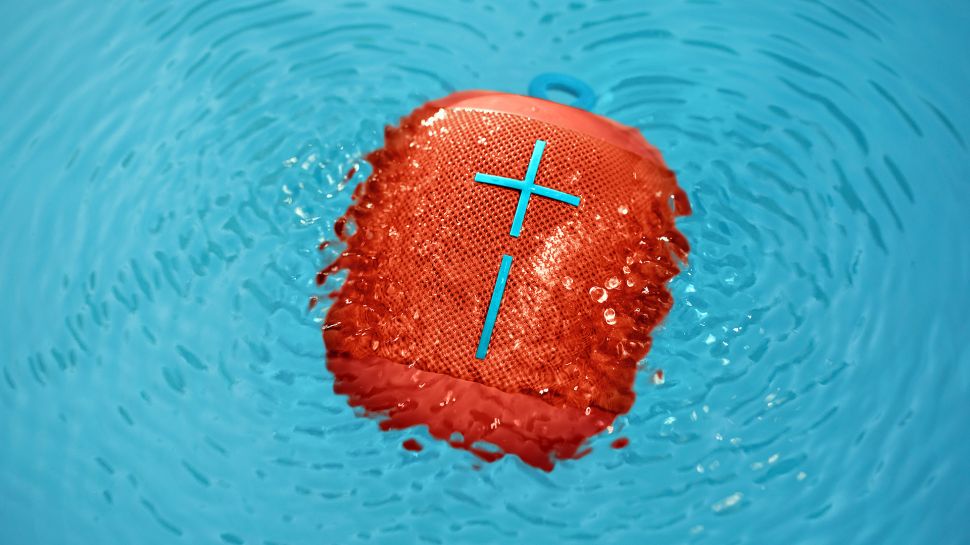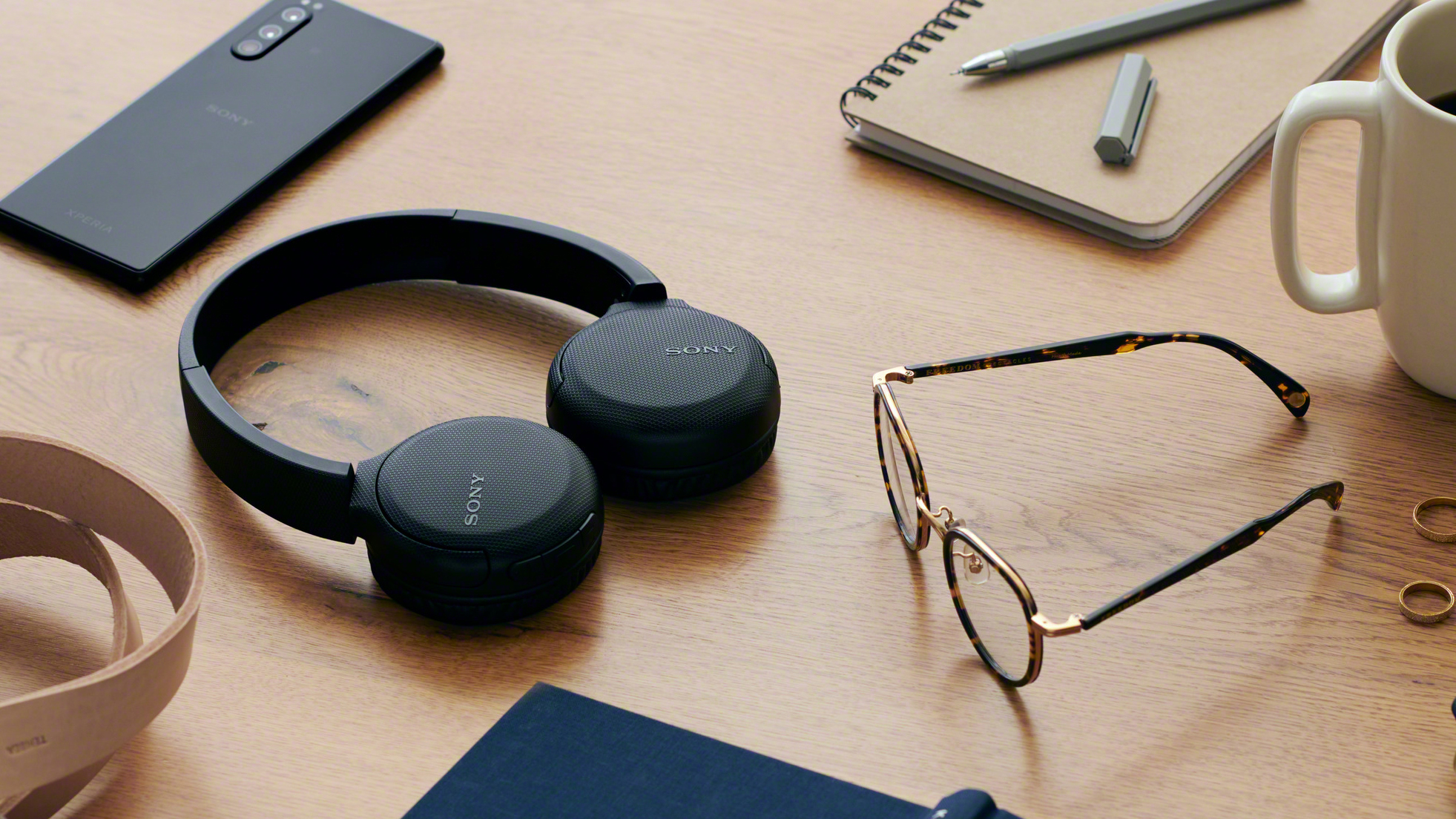

Today's world of music just wouldn't be the same without Bluetooth. The best wireless headphones would barely exist without it, and it created the whole new category of true wireless earbuds imply by existing. It's the connection of choice on the best noise-cancelling headphones, too.
There's a whole class of mini and portable Bluetooth speakers that rely on it entirely. And it makes it easy for anyone to beam music to devices such as the best soundbars with having to mess around with app logins or anything like that.
Its flexibility and universality is its biggest strength… but it's also true that's an incredibly vague technology. There are so many versions and strings of letters associated with it.
Nowadays, Bluetooth headphones and speakers generally work very smoothly but it has taken many years to get to this point. Let us tell you the story. Along the way, you’ll learn all about Bluetooth and its various associated audio codecs. In no time, you’ll be impressing your friends with your knowledge of obscure audio transmission tech – a party trick for the ages, truly.
Bluetooth: what is it?
Harald ‘Bluetooth’ Gormsson was King of Denmark between 958 - 986. He introduced Christianity to the country, consolidated his country’s rule over Zealand and Jutland, and even had a stint as King of Norway. As a force for uniting disparate tribes into a single kingdom, Harald was formidable.
Is it any wonder ‘Bluetooth’ seemed an ideal name for a wireless technology standard intended to unite communications protocols? Even the Bluetooth logo is derived from the runes of Harald’s initials.
Bluetooth has been finessed, amended and improved numerous times since it was formally announced by the Bluetooth Special Interest Group in 1998. It has many applications across a whole range of short-range wireless communications scenarios, of course – the wireless mouse I’m using while I sit in front of my computer right now, for instance – but here we’re concerned with the most beneficial Bluetooth application of all.
Sign up to the T3 newsletter for smarter living straight to your inbox
Get all the latest news, reviews, deals and buying guides on gorgeous tech, home and active products from the T3 experts
First Bluetooth made wirelessly sending music from a player to a pair of headphones properly viable – and then, eventually, it allowed the music to sound great as it did so.
But while the most common application for Bluetooth these days involves audio, it was never designed for transmitting anything near the full bandwidth of recorded music, and progress toward the sonic Holy Grail that is the wireless transmission of lossless high-resolution audio files has been a slow and occasionally torturous process.

Going wireless makes speaker more versatile than ever, including tiny waterproof options such as UE's Wonderboom 2.
Bluetooth for headphones and speakers
Since the 2004 introduction of Bluetooth 2.0, with its enhanced data rates (and the accompanying arrival of wireless stereo headphones), Bluetooth has been moving implacably towards today’s high-resolution, low-latency specifications. And with the disappearance of the headphone jack from smartphones everywhere, it’s only going to become more ubiquitous.
As of today, the most cutting-edge Bluetooth standard is Bluetooth 5, with the very latest version being Bluetooth 5.3, which adds a few additional refinements.
Bluetooth 5.0 wasn’t intended to advance sound quality as much as it was designed to lower power consumption and increase operating range, but – thanks to its ability to shift much more data in a given time than the Bluetooth 4.2 standard it replaced – it’s become the ‘must have’ standard nevertheless for high-quality audio.

Bluetooth 5.0 means that even low-price headphones, such as these Sony WH-CH510, can offer high-quality wireless sound.
Bluetooth Codecs
There are numerous acronyms and abbreviations attached to Bluetooth standards these days. So if you don’t know your SBC from your AAC, or your HD from your Low Latency, you’ve come to the right place.
A codec encodes and decodes digital information – your source player (your smartphone, for example) uses a codec to package and send digital audio to your headphones or speaker. And here are the ones you need to know about…
SBC (low-complexity Sub-Band Codec) is the most common. It’s been around for ages, and is compulsory on all A2DP devices, which is basically the universal minimum standard for Bluetooth audio. It transmits at the lowest bitrate and bandwidth your source and your receiver will tolerate – which means lots of compression, lots of loss of information and, consequently, inferior sound quality. On the plus-side, though, you’ll be hard-pushed to find a Bluetooth device that can’t deal with the SBC codec.
AAC (Advanced Audio Coding) is almost as common, if for no other reason than it’s Apple’s preferred codec. Because it demands more power than SBC it doesn’t tend to show up on Android devices, but it is capable of shifting audio information at a higher bitrate than SBC can manage.
aptX has been the go-to feature to look for if you want high-quality music transmission for many years now. Currently owned by tech giant Qualcomm (though not originally developed by it), it has morphed over time into aptX HD, aptX Low Latency and aptX Adaptive. The original aptX was a codec designed for non-wireless use, and became established with film studios and radio stations just as the ’80s were turning into the ’90s – it proved particularly useful for recording and playback of 5.1 cinema soundtracks. But it was reborn as a Bluetooth codec, because it can also transmit full, CD-comparable, full-bandwidth, 16bit/44.1kHz digital audio files. The upshot is that it sounds obviously and considerably better than SBC or AAC.
aptX HD (briefly known as aptX Lossless) advances the game even further. With support for digital audio files of up to 24bit/48kHz standard, it’s entitled to describe itself as ‘high resolution’ – and by describing it as ‘better than CD’ in terms of sound quality, Qualcomm certainly isn’t seeking to understate aptX HD’s capabilities. And the company has addressed the perceived shortcomings where video streaming is concerned – aptX Low Latency ensures that audio information (delivered via Bluetooth) stays in sync with video information when you’re catching up on the latest Netflix sensation whilst on the move.
aptX Adaptive takes things yet another step further. It’s designed to compress digital audio information at a variable bitrate, better to suit both the environment in which you’re listening and the specifics of the content you’re listening to. If you’re sitting on a train, for example, and there’s a lot of wireless activity nearby, aptX Adaptive will compress the audio into a smaller, easier-to-stream file. If you’re all on your own, aptX Adaptive will allow your player to send at the highest bitrate possible for better audio quality. When aptX Adaptive recognises that your audio is coming from Netflix, say, it will adjust its settings accordingly. And all this happens on the fly – you won’t have to let your player know what you’re listening to, or where – aptX Adaptive will take care of everything.
LDAC Certainly it takes a bold manufacturer of premium wireless headphones to ignore aptX and its variations… which is where Sony comes in. Sony’s WH-1000XM4 wireless headphones are widely acknowledged (not least by T3) as among the very best around – but there's no sign of aptX. Instead, they use a Bluetooth codec called LDAC. Sony developed LDAC as a proprietary Bluetooth codec capable of streaming high-resolution audio at an aptX HD-comparable bitrate and up to 32bit/96kHz resolution.
Simon Lucas is a freelance technology journalist and consultant, with particular emphasis on the audio/video aspects of home entertainment. Before embracing the carefree life of the freelancer, he was editor of What Hi-Fi? magazine and website – since then, he's written for titles such as Wired, Metro, the Guardian and Stuff, among many others. Should he find himself with a spare moment, Simon likes nothing more than publishing and then quickly deleting tweets about the state of the nation (in general), the state of Aston Villa (in particular) and the state of his partner's cat.

